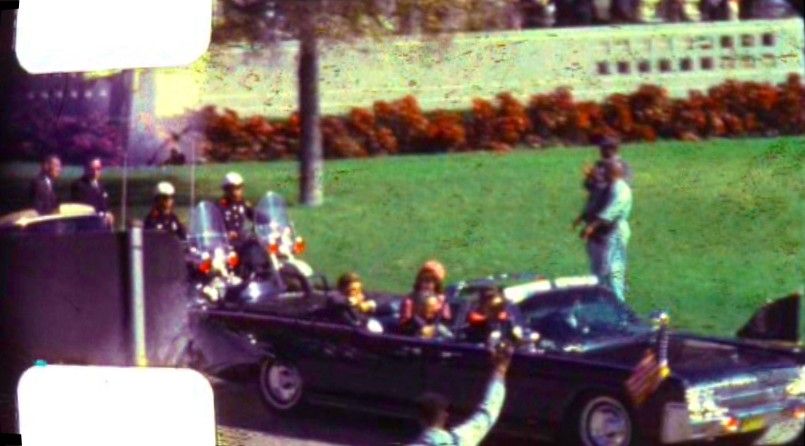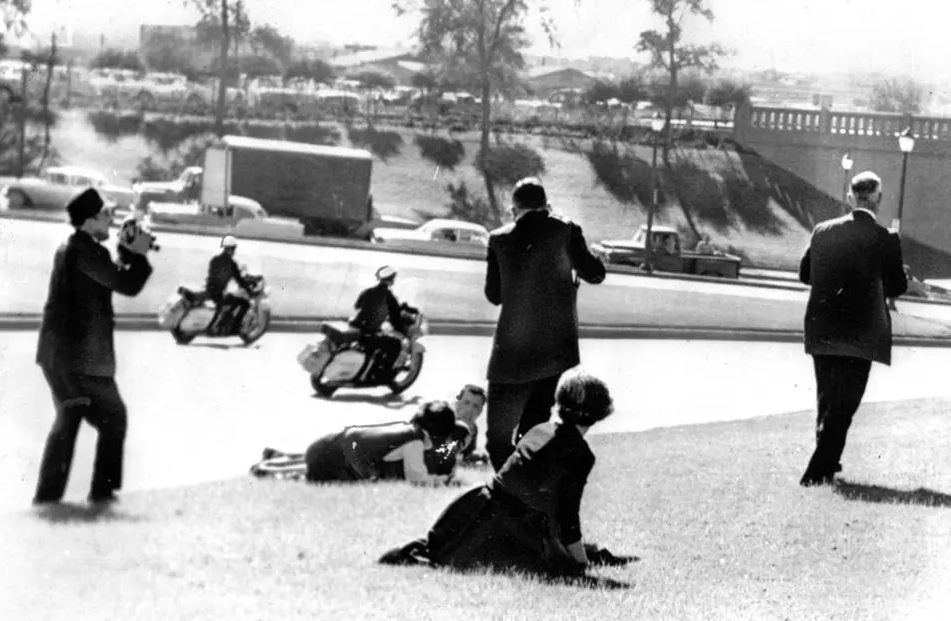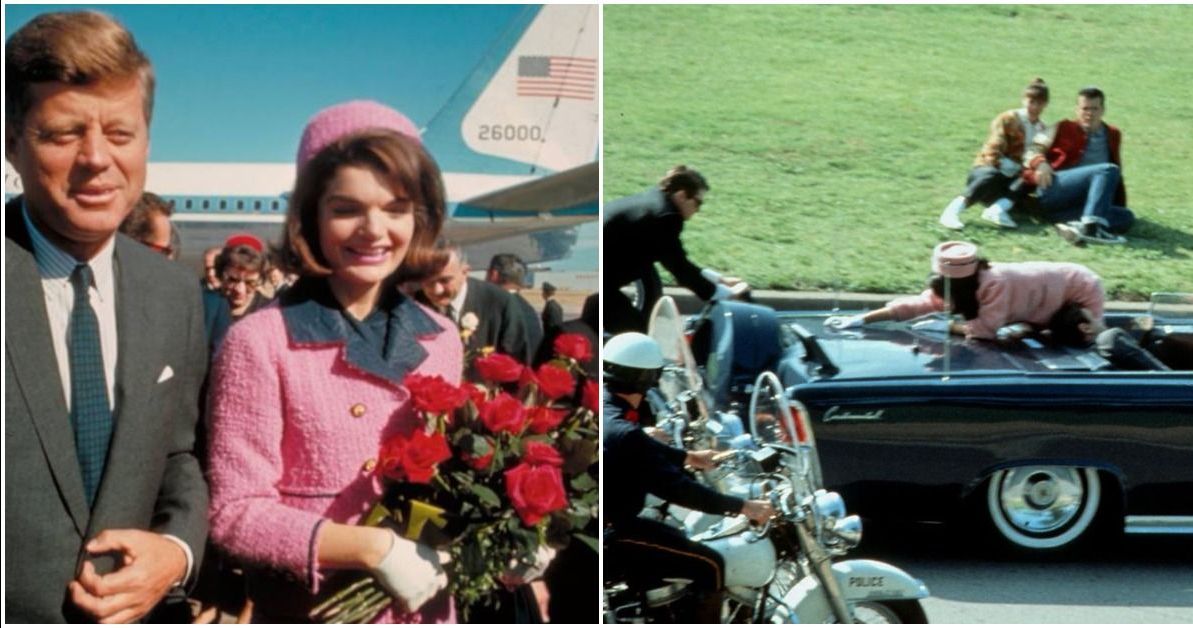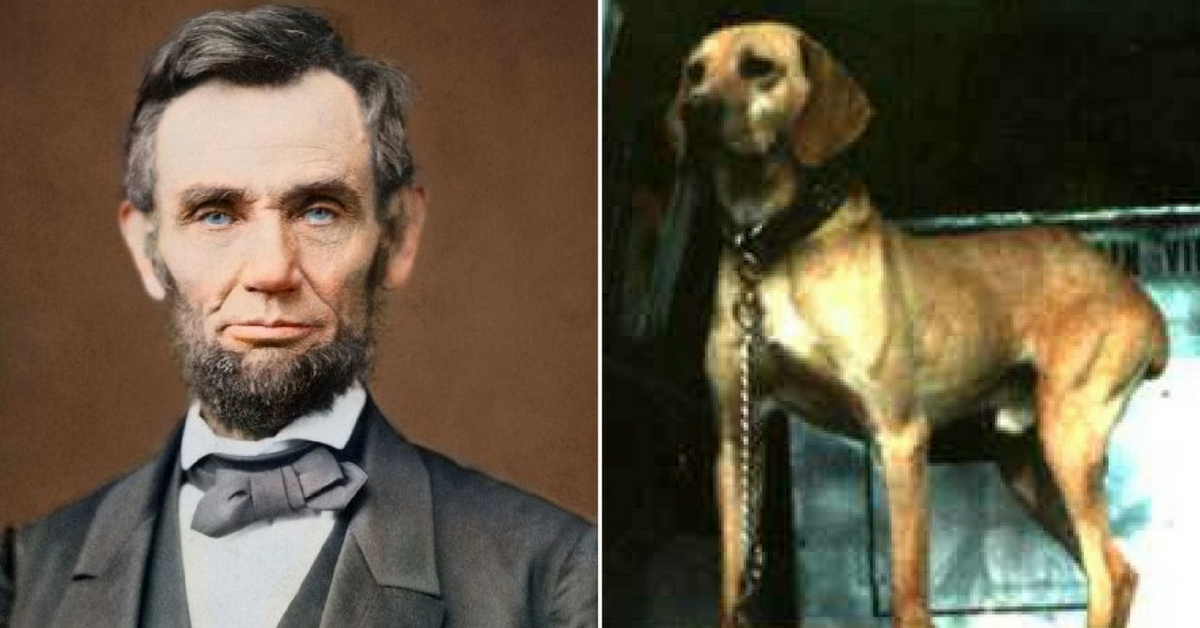For a generation of Americans, the death of our 35th president was the ultimate "Where were you?" moment.
History changed in the blink of an eye on November 22, 1963, when an ordinary day became a milestone our country would never forget.
1. The Trip

President Kennedy's final trip to Texas had begun the day before in San Antonio. Kennedy, Vice President Lyndon Johnson, and Texas Governor John Connally were touring the state to raise goodwill for the president's reelection run in 1964.



Unexpectedly, the Texas crowds were warm and welcoming, with people lined up across the state to welcome the president and the First Lady.
2. The Motorcade


The president's route through Dallas had been planned and publicized days in advance. While police were on edge, the president stopped the motorcade twice, to shake hands with groups of nuns and schoolchildren.


3. Dealey Plaza

The president's "last stop" was Dallas's Dealey Plaza. As his motorcade turned onto Houston street, the president's car was facing the Texas School Book Depository building, where his killer was lying in wait.


4. The Gunman

President Kennedy's killer was Lee Harvey Oswald. He was a former U.S. Marine, but also an ardent communist who had tried to emigrate to Soviet Russia.


Most importantly, Oswald had recently been hired for a temporary job in the Book Depository.

As Kennedy's motorcade approached, Oswald waited on the building's sixth floor.
5. The Shooting

Dozens of photographers captured the president's final moments. A clothing manufacturer named Abraham Zapruder even filmed the assassination using a handheld camera.

Oswald opened fire as the president's motorcade turned West down Elm Street. The president was struck with three bullets, as his panicked wife jumped on the back of their car.



Secret Service agent Clint Hill jumped onto the speeding vehicle to try and shield the president and the First Lady.


The president was rushed to the nearby Parkland Hospital and pronounced dead shortly afterwards.
6. The Manhunt
A Dallas police officer began searching the Book Depository as soon as the shots rang out. He pointed a gun at Oswald while clearing the building, but let him go when Oswald's boss explained he was an employee.

Almost 45 minutes later, Oswald shot and killed another Dallas police officer and slipped into a nearby movie theater.

Oswald was caught when dozens of police officers, sheriffs, and detectives swarmed the theater.


He was arrested and charged with the murders of both Kennedy and the police officer, but never stood trial for his crimes.


Oswald was shot and killed two days later on live TV by Jack Ruby, a Dallas nightclub owner.
7. The Aftermath

News quickly broke that Kennedy had been shot and killed, with the first national radio bulletin running just six minutes after the shooting.
On CBS, Walter Cronkite reported the breaking news live, telling millions of Americans that Kennedy had died.
As stories continued to pour in from Dallas, Vice President Johnson was quickly sworn in as president on Air Force One, with a shaken Jackie Kennedy by his side.

Meanwhile, news photographers captured the shock and grief as average Americans came to grips with the tragedy.


8. The Funeral

President Kennedy's state funeral lasted three days, and was attended by hundreds of thousands of people.

First, the president's body was kept in the White House for 24 hours. Then, his coffin was draped with an American flag and carried through the streets of Washington to the U.S. Capitol building.




Representatives from more than 90 countries attended the president's official funeral at St. Matthew's Cathedral, before he was buried at Arlington National Cemetery.

Dan Farrell, the photographer who took the iconic photo of John Jr. saluting his father's coffin, called it "the saddest thing I've ever seen in my whole life."

It was a fitting way to say goodbye to a man who changed America forever, but still much too soon.

Do you remember the Kennedy assassination?

